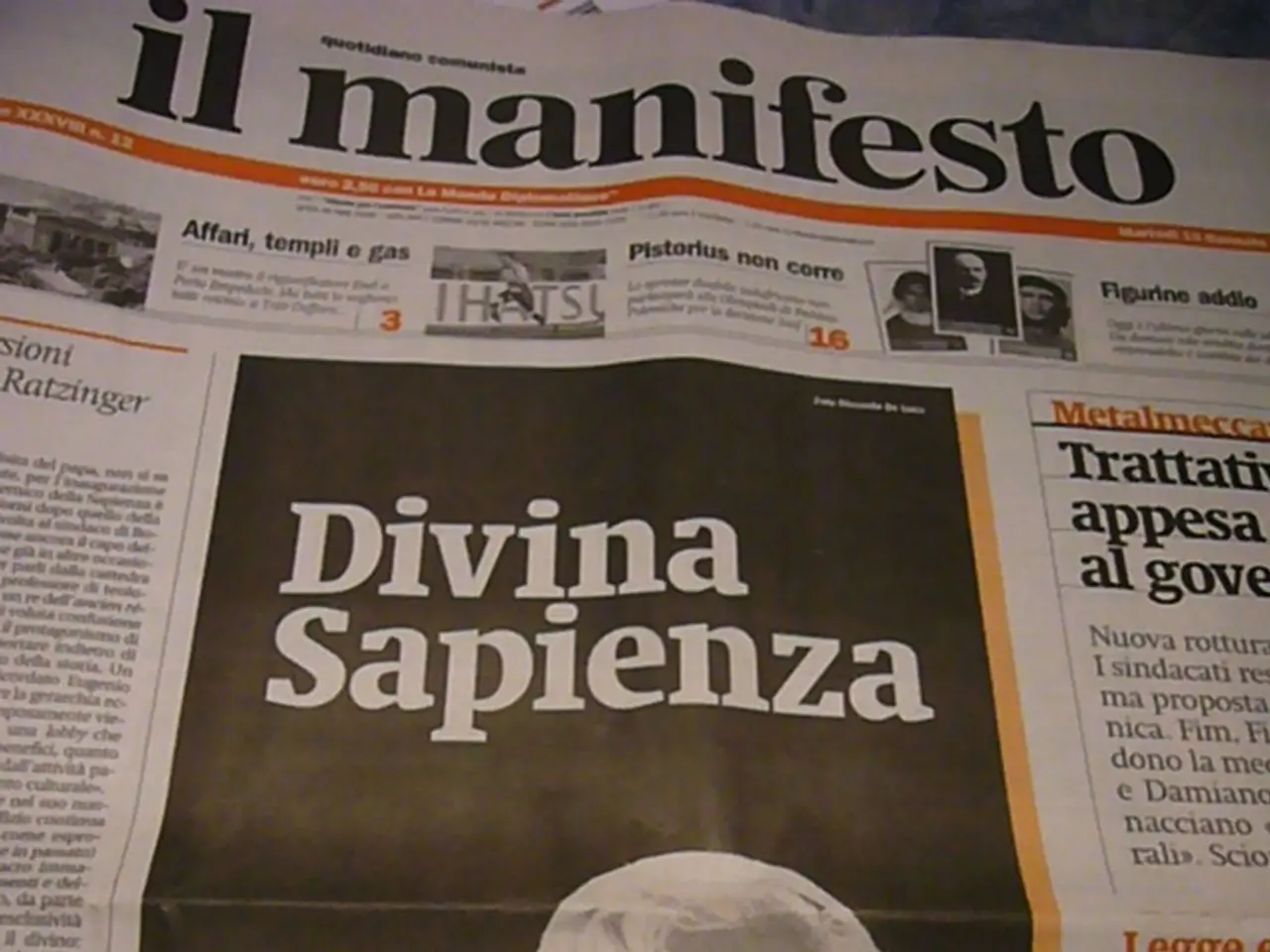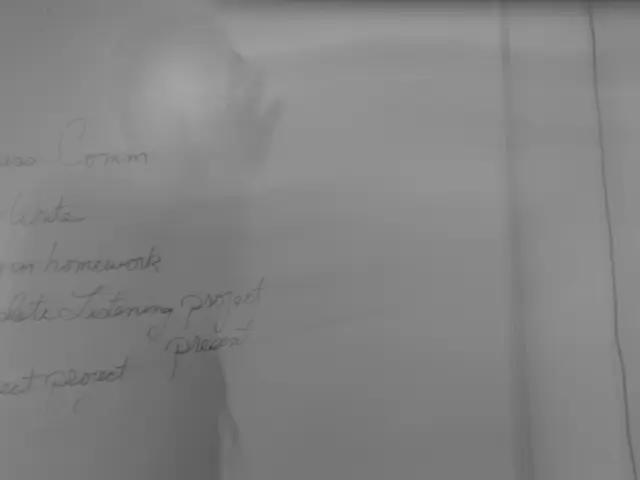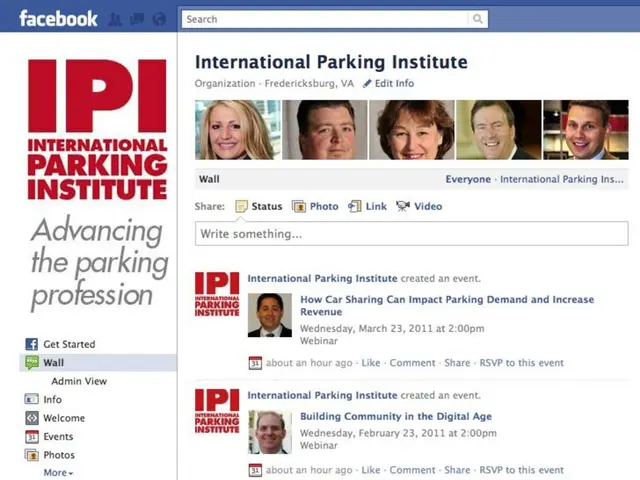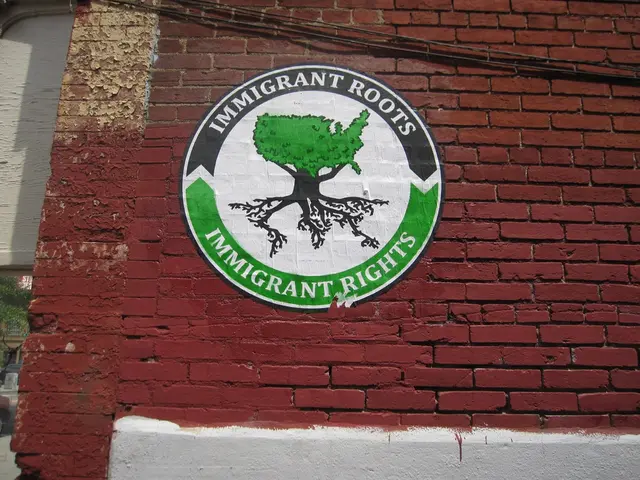Silicon Valley's Stanford University and the Emergence of the Censorship Control Mechanism Empire
In the lead-up to the 2020 U.S. election, a government-driven partnership aimed at combatting misinformation took shape. Known as the Election Integrity Partnership (EIP), this project was a collaborative effort between NGOs, with the goal of surveilling and censoring speech that did not align with government-favoured narratives on election administration and outcomes.
The EIP's focus on election-related misinformation quickly expanded to include content related to the COVID-19 pandemic, as the partnership morphed into the Virality Project. Among those targeted by the government for silencing, and who social media companies would censor, was Stanford University's own Dr. Jay Bhattacharya, one plaintiff in Murthy v. Missouri.
The EIP's main objectives were identifying and labeling, removing, or soft blocking content millions of times, and involving government agencies in nearly a quarter of the censorship tickets, primarily covering domestic speech from the political right. These actions raised significant First Amendment concerns, with some experts suggesting that alleged social media censorship is not going away anytime soon.
NATO Secretary General Jens Stoltenberg urged preparedness for both conventional and hybrid threats, including tweets, reflecting a growing awareness of the potential for online misinformation to influence elections and public opinion. In response, social media companies recruited dozens of ex-security state officials to fill their "Trust and Safety" teams to combat misinformation and disinformation.
However, concerns about government involvement in censorship persisted. Oral arguments in Murthy suggested the Supreme Court may diverge from lower courts, with some justices objecting to the government's actions violating the First Amendment. A federal district court found, and an appellate court concurred, that in coordinating and colluding with third parties and social media companies to suppress disfavoured speech, government agencies had likely violated the First Amendment.
In May, Senate Intelligence Committee Chairman Mark Warner (D-Va.) revealed that federal agencies had resumed communications with social media companies. This revelation came as the Biden administration codified a National Strategy for Countering Domestic Terrorism, which includes treating ideas deemed troubling as national security threats.
Amidst these developments, some experts called for transparency and a "firewall" of some sort between the Feds and social media. Amb. Alberto Fernandez, vice president at MEMRI and a former leader of the precursor to the State Department's GEC, an observatory stakeholder that had itself funded adjacent efforts, echoed this sentiment.
As the 2024 election approaches, it remains to be seen how the government's role in combatting misinformation will evolve. Stanford's Internet Observatory and the University of Washington's Center for an Informed Public will not be spearheading the Election Integrity Partnership for 2024 or future election cycles. Starbird has echoed Stanford, stating that the Center for an Informed Public's research into online rumoring about election procedures and work to rapidly identify and communicate about harmful election rumors would continue in 2024.
Meanwhile, GOP legislation to deter and/or defund the activities illustrated in these cases has languished in Congress, but oversight efforts have raised the cost for NGOs to continue partnering with the government. The debate over the balance between combatting misinformation and protecting free speech continues to be a contentious issue in the United States.
Read also:
- Tobacco industry's suggested changes on a legislative modification are disregarded by health journalists
- Trump's Policies: Tariffs, AI, Surveillance, and Possible Martial Law
- Uncovering Political Ad Transparency: A Guide to Investigating opponent's Political Advertisements in the Digital Realm
- Elon Musk praises JD Vance's debate performance against Tim Walz








